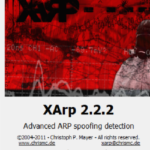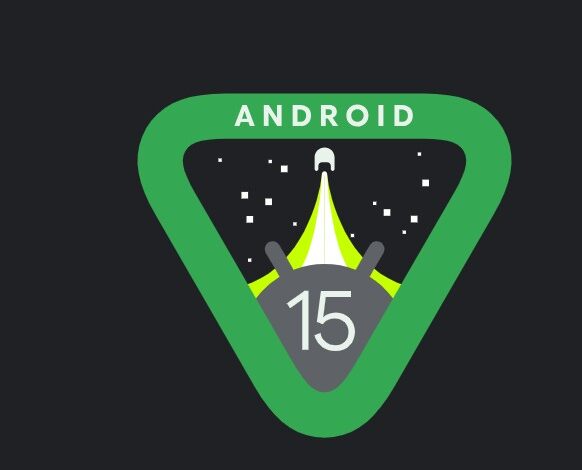A. In conclusion, ChatGPT has the potential to revolutionize the way we create and consume content. Its ability to generate high-quality text quickly and efficiently, assist with research and fact-checking, enhance personalization and customization, and create new forms of interactive and multimedia content is opening up new possibilities in fields such as journalism, advertising, entertainment, and education.
B. However, as with any technology, it is important to consider the ethical implications and ensure that ChatGPT is used responsibly. Transparency, accountability, bias reduction, and privacy should be top priorities.
C. As the field of natural language processing and machine learning continues to evolve, we can expect to see even more advancements in the capabilities of ChatGPT and other language models. In the future, we can expect to see more sophisticated, realistic, and engaging forms of content that will create a more personalized and fulfilling experience for the user.
















What doubts do you have and what exactly do you want to know